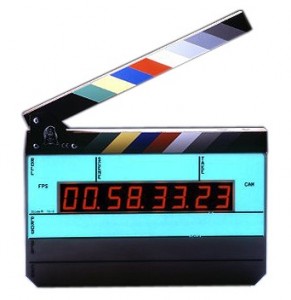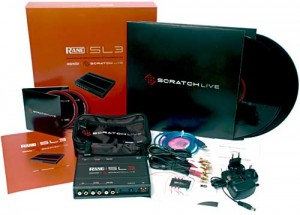28 Dec Time Code: Old Dog New Tricks
Time Code, the stuff that editors once dreamed of. A continuous stream of data (usually audio) that allows video footage to be edited digitally in a non-linear format. Providing transcripts synced to time code was once a very technical and labor intensive process. In fact, when Word Wizards first explored Time Code transcription, the equipment used to generate it took up an entire room! As time went on, the technical barriers involved with time code manipulation for transcription purposes have disappeared, as has the appreciation for this once highly regarded tool.

Most production software workstations, professional video editors, and transcription companies use SMPTE Time Code. The following is an excerpt from the Wikipedia article on SMPTE Time Code:
“In video production and filmmaking, SMPTE time code is used extensively for synchronization, and for logging and identifying material in recorded media. During filmmaking or video production shoot, the camera assistant will typically log the start and end time codes of shots, and the data generated will be sent on to the editorial department for use in referencing those shots. This shot-logging process was traditionally done by hand using pen and paper, but is now typically done using shot-logging software running on a laptop computer that is connected to the time code generator or the camera itself.”
Interesting stuff huh? At least it used to be, but time code doesn’t seem to command the respect it once did, even though it is the key to all digital editing in the industry today. However, this old dog has recently learned some new tricks, and time code is now being used for live entertainment like never before.
Presenting: Serato Scratch Live DJ Software and Video Scratch Live VJ software

Serato SL and other products like it now use time code to control audio signals for live DJ performances and studio production. Using a vinyl record pressed with continuous time code, a DJ can control their entire music library with turntables thanks to the magic of time code. This new application of time code is now the standard for live DJ performance, and it doesn’t end there. With Serato’s Video SL, you can control video footage with the turntable as well, (now available for pro tools for you pro users). Allowing music videos with synced audio to be “VJed” using turntables as well.
You have to see it to believe it, so check out the video below demonstrating Video Scratch Live.



